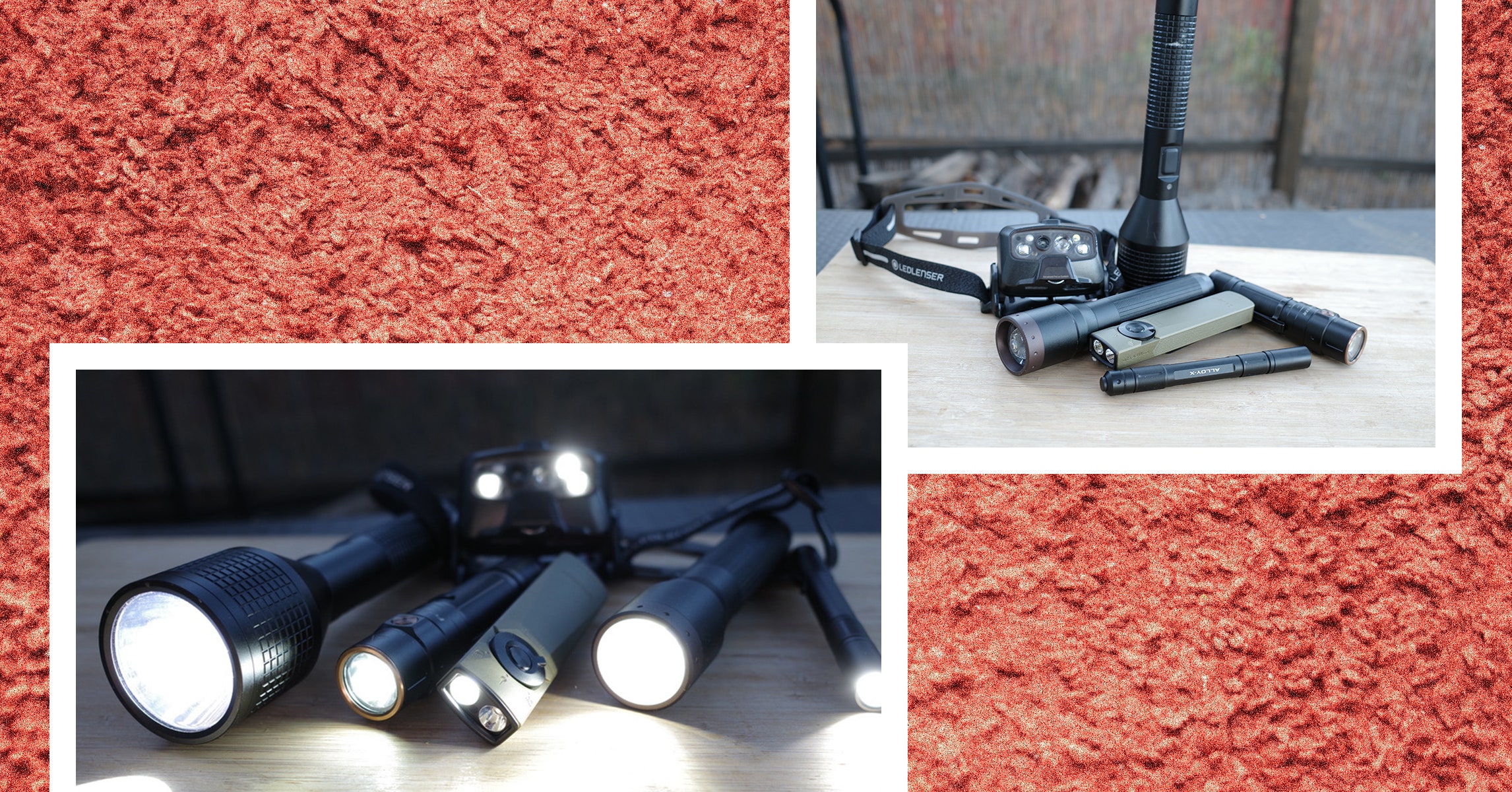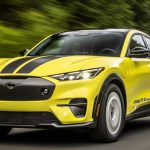
The two most important metrics to look for when shopping for a flashlight are the batteries and the lumens.
Batteries: There are two big categories of both flashlights and headlamps: rechargeable flashlights and those that take batteries. The difference is in how you recharge them. AA or AAA batteries are easy to find and can be swapped out quickly. When your light dies in the dark, you’ll see the genius of separate batteries. That said, rechargeable lights can charge off the same power bank you’re charging your devices on, and these days, with USB-C, many lights can recharge in less than an hour.
I used to swear by the battery option, and I still do recommend headlamps or flashlights with removable batteries for many situations (your emergency kit for example), but I must say I’ve come around to the convenience of a charging port for everyday-carry flashlights or camping headlamps. Personally, I rely on a Nitecore NU25 for most situations except long backpacking trips where I bring my Petzl Tikka and set of extra batteries.
Lumens: Flashlight and headlamp companies like to make a big deal about lumens, which measure how bright a flashlight is, but the truth is you don’t always want more lumens. We didn’t test a single flashlight or headlamp that wasn’t bright enough. You’ll find lights in here with everything from 300 lumens up to 1,000 lumen spotlights that will temporarily blind you if you so much as glance at them. For most uses, this is a good range: 300 to 1,000 lumens. For something like reading in your tent at night you’ll want far less light, but any good headlamp will have a variety of brightness levels, usually with a low power mode that’s more like 40 to 60 lumens, which is about what you want for reading. Also, look for a strobe mode which will pulse the light. The strobe function is good for rescue situations since the flash is more noticeable than steady light.
The light source for most flashlights and headlamps these days is LEDs. While there are still plenty of traditional bulbs out there, the light output to energy use ratio of LEDs is hard to beat.









